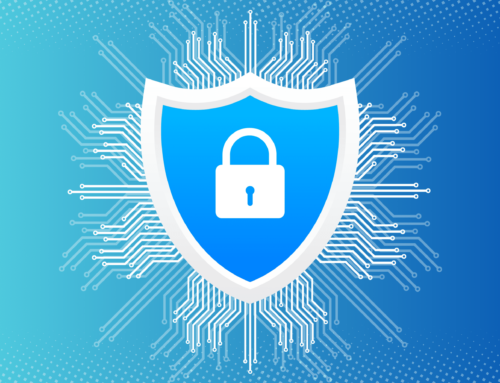The internet has revolutionized how we communicate, connect, and conduct business. It has provided us with endless opportunities and has made our lives easier in many ways. However, with the rise of technology, there has also been an increase in cybercrime, posing a significant threat to cybersecurity.
The 2022 Internet Crime Report has revealed alarming statistics about the rampant rise in cybercrime, making it more critical than ever to be aware of the dangers and take necessary precautions.
Key Findings and Trends from the 2022 IC3 Report
The 2022 Internet Crime Report, published by the FBI’s Internet Crime Complaint Center (IC3), provides a comprehensive analysis of cybercrime incidents reported to the IC3 in the United States. The report highlights key findings and trends, revealing the scale and scope of cybercrime.
According to the report, there were 847,376 complaints of suspected internet crime in 2021, representing a 7% increase compared to the previous year. The total reported losses from these incidents exceeded $6.9 billion. In 2022 there were a total of 800,944 complaints, which shows a 5% decrease from 2021, but the potential total loss has increased from $6.9 billion to more than $10.2 billion.
The report also identified several trends in cybercrime, including the increased use of social media platforms as a tool for scams and fraud, the rise of ransomware attacks, and the exploitation of virtual currency transactions.
Types of Cybercrime Mentioned in the Report
The 2022 Internet Crime Report covers a wide range of cybercrime incidents, including:
Business Email Compromise (BEC)
BEC is a phishing scam targeting businesses or individuals who perform wire transfer payments. The fraudsters usually impersonate a trusted source, such as a CEO or a supplier, and convince the victim to transfer funds to a bank account controlled by the attackers. The report highlights that BEC scams have become more sophisticated with the use of social engineering tactics and the compromise of legitimate email accounts.
Ransomware
Ransomware is a type of malicious software that encrypts the victim’s data and demands a ransom payment in exchange for the decryption key. The report indicates that ransomware attacks have become more frequent and destructive, with attackers targeting critical infrastructure, healthcare facilities, and government agencies.
Tech Support Fraud
Tech support fraud is a scam involving a fraudster posing as a tech support representative and offering to fix the victim’s computer issues remotely. The attackers usually charge a fee for their services and may steal personal information from the victim’s computer. The report highlights that tech support fraud has become more prevalent, with the attackers using various tactics to lure victims, such as pop-up ads and unsolicited phone calls.
The Impact of Cybercrime on Businesses and Individuals
The impact of cybercrime can be devastating, both for businesses and individuals. For businesses, cybercrime can result in financial losses, damage to reputation, and legal liabilities. According to the report, in 2022, for BECs alone, there were a total of 2,838 complaints involving domestic-to-domestic transactions with potential losses of over $590 million.
For individuals, cybercrime can result in identity theft, financial fraud, and emotional distress. The report highlights that the most commonly reported types of cybercrime affecting individuals were phishing scams, non-payment/non-delivery scams, and identity theft.
Steps Businesses Can Take to Prevent Cyberattacks
Businesses can take several steps to prevent cyberattacks and protect their assets and data. Here are some best practices for businesses:
- Conduct regular security assessments. Regular security assessments can help identify vulnerabilities and weaknesses in your organization’s infrastructure and systems.
- Implement a cybersecurity policy and HIPAA training program. Implementing a cybersecurity policy and training program can help educate employees on best practices for online security and minimize the risk of human error. Part of HIPAA training includes cybersecurity best practices. Training employees on how to recognize phishing attempts and ransomware can drastically reduce the likelihood of incidents occurring.
- Use data encryption and access controls. Data encryption and access controls can help protect sensitive information from unauthorized access and data breaches.
- Regularly backup data and test disaster recovery plans. Regularly backing up data and testing disaster recovery plans can help ensure that critical data and systems can be restored during a cyberattack.
Taking the First Step to Prevent Cybersecurity in Healthcare
At Compliancy Group, we can play a leading role in protecting healthcare practices from cybercrime by helping them achieve, illustrate and maintain full HIPAA compliance while also keeping employees up to date on training to prevent those phishing scams.
Our software platform makes becoming HIPAA compliant and maintaining compliance easy. After laying the groundwork, you can look at the detailed implementation instructions supplied by the law to help bring your business into compliance. HIPAA is a requirement that must be fulfilled, but your business will benefit in other ways. Becoming HIPAA compliant can have a long-lasting positive impact on your business or practice, and ultimately protect you from further cybersecurity incidents in healthcare.









